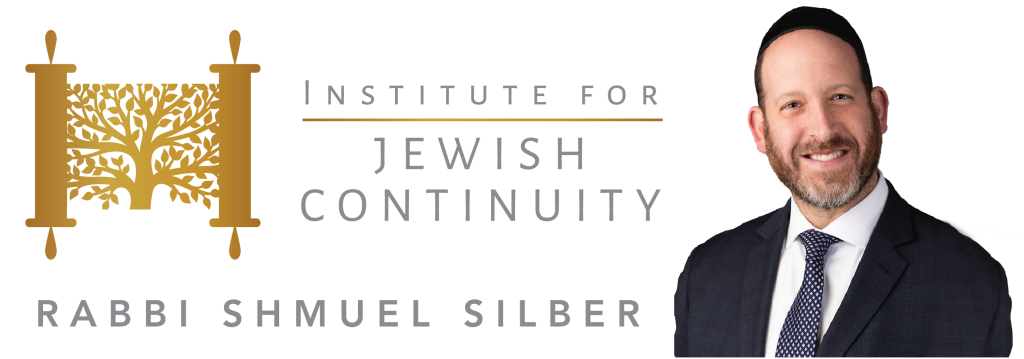Numerous Parshios are devoted to the creation and fabrication of the Mishkan and its utensils. The details contained in these Torah portions are not simply the architectural framework for this sacred space and its vessels; these details contain the roadmap for successful, enriched and meaningful living.
“Betzalel made the ark of acacia wood, two and a half cubits long, a cubit and a half wide, and a cubit and a half high. And he overlaid it with pure gold from inside and from outside, and he made for it a golden crown all around (Exodus 37:1-2).”
The Talmud (Yerushalmi Shekalim 6:1) explains that the Ark was unique in its construction. It was comprised of three separate boxes. The innermost box was made of gold, the larger one which held it was made of wood, and the largest exterior box (which held the smaller two) was made of gold. This construction was quite unique. There were utensils made of solid gold and others made of wood coated with gold. Why did the Aron (Ark) have this unique construction of wood enveloped by gold?
The Baal Shem Tov (1698-1760) explains that the Aron was supposed to represent paradigmatic man. Every aspect and detail of the Ark teaches us how to self-actualize and live a meaningful and successful life. The male and female Cherubim (angelic figures perched on the lid of the ark) teach us to be passionate in our relationship with each other and with God. Their upstretched wings teach us that we must aspire to climb higher and accomplish more. The Luchos (tablets), resting in the center, remind us that the Torah and its values must be the foundation, core and center of the decisions we make and things we do. The poles that remained inserted, even when the Aron was at rest, teach us that the Torah and its values are transplantable and must follow us and inform the way we live – wherever we may go.
While both wood and gold can be used for construction their properties are fundamentally different. Gold is inanimate; it is mined from the earth and can be manipulated but cannot grow and cannot change. Wood is alive. The tree takes in nutrients; its branches grow and bear fruit. The tree changes with the seasons and through the years. The Aron contains both of these materials to teach another very important lesson.
Man must be gold and he must be wood.
I must possess golden principles that I will stand by and stand up for no matter what. I must possess a sense of right and good and be able to maintain them no matter how much external pressure I face. I must be rigid in my adherence to the tenets of my faith and the principles of my people. I must have gold-like, immutable resolve to uphold the ideas and ideals I hold sacred.
Yet, man must also learn to be a tree, to be wood-like in his approach to life and others.
I must learn the art of change and recognize that just because I have been a certain way until now does not mean I must continue to be that same person going forward. I must learn to adapt to new circumstances. Life doesn’t always go the way I planned or hoped – I can be wood, I can grow, I can change, I can adapt. Wood is pliable. I must learn that when dealing with others I cannot always stand my ground, I must learn when to yield for the sake of shalom (peace).
Man must be gold on his inside and his outside.
I must have the principles, ideas and ideals that I will live and die for. I must know what I believe and stand ready to defend those beliefs no matter how fierce the opposition may be. But I must possess an inner layer of wood and learn the art of compromise, change, accommodation and collaboration.
The Ark is only fit for service in the Temple if it has these multiple layers. Man can only be successful if he possesses them as well.
Sourcesheet

